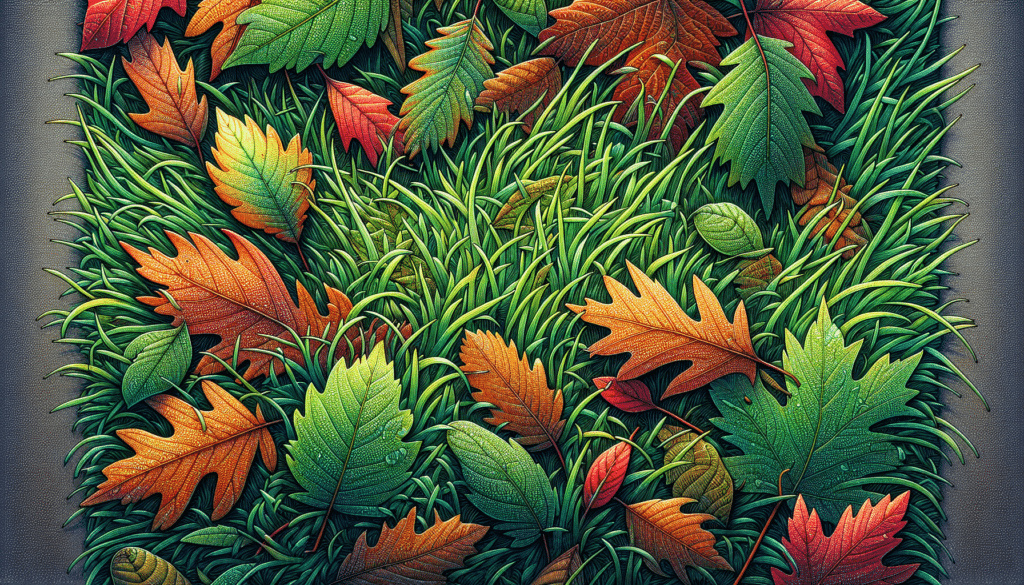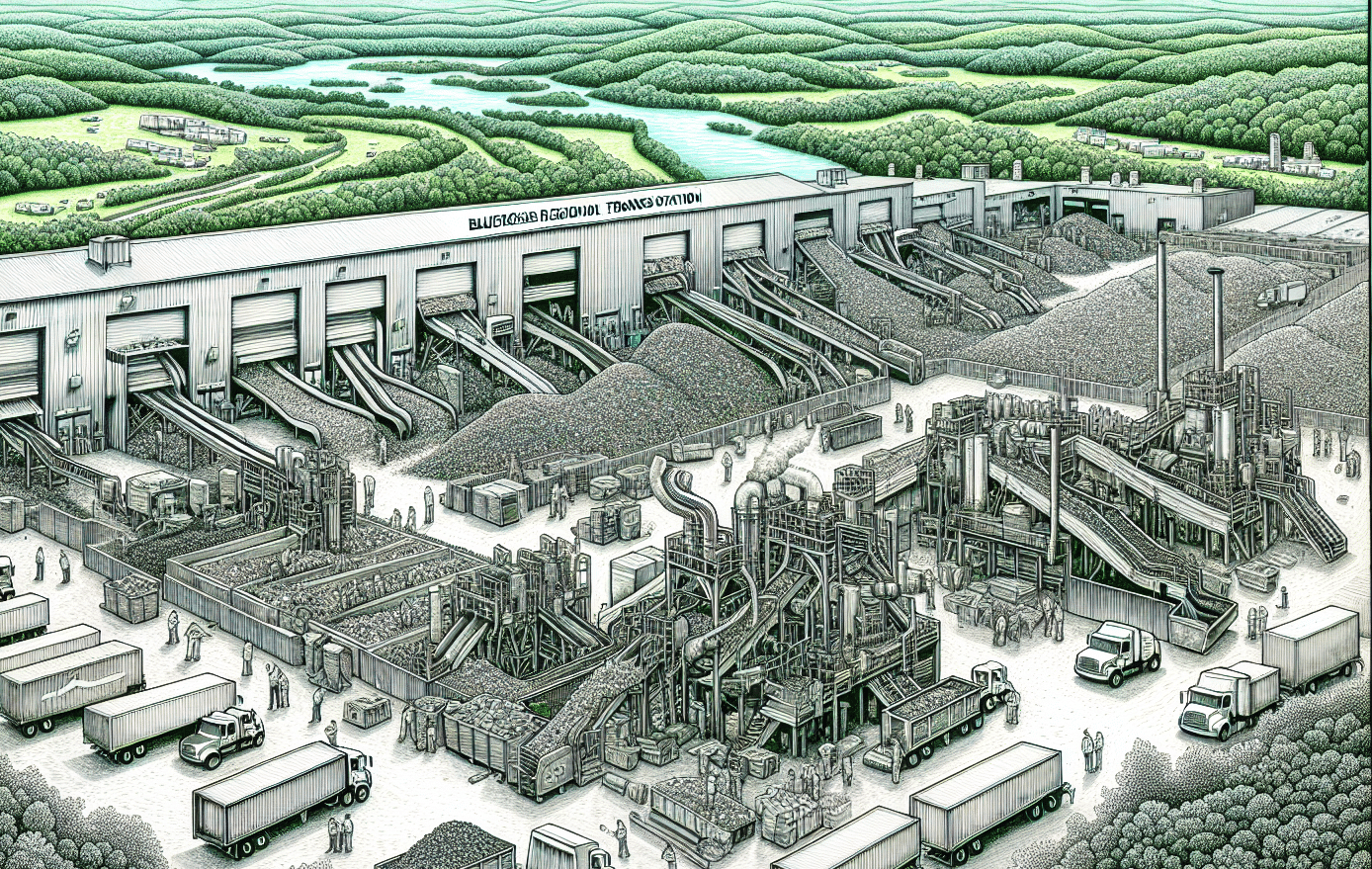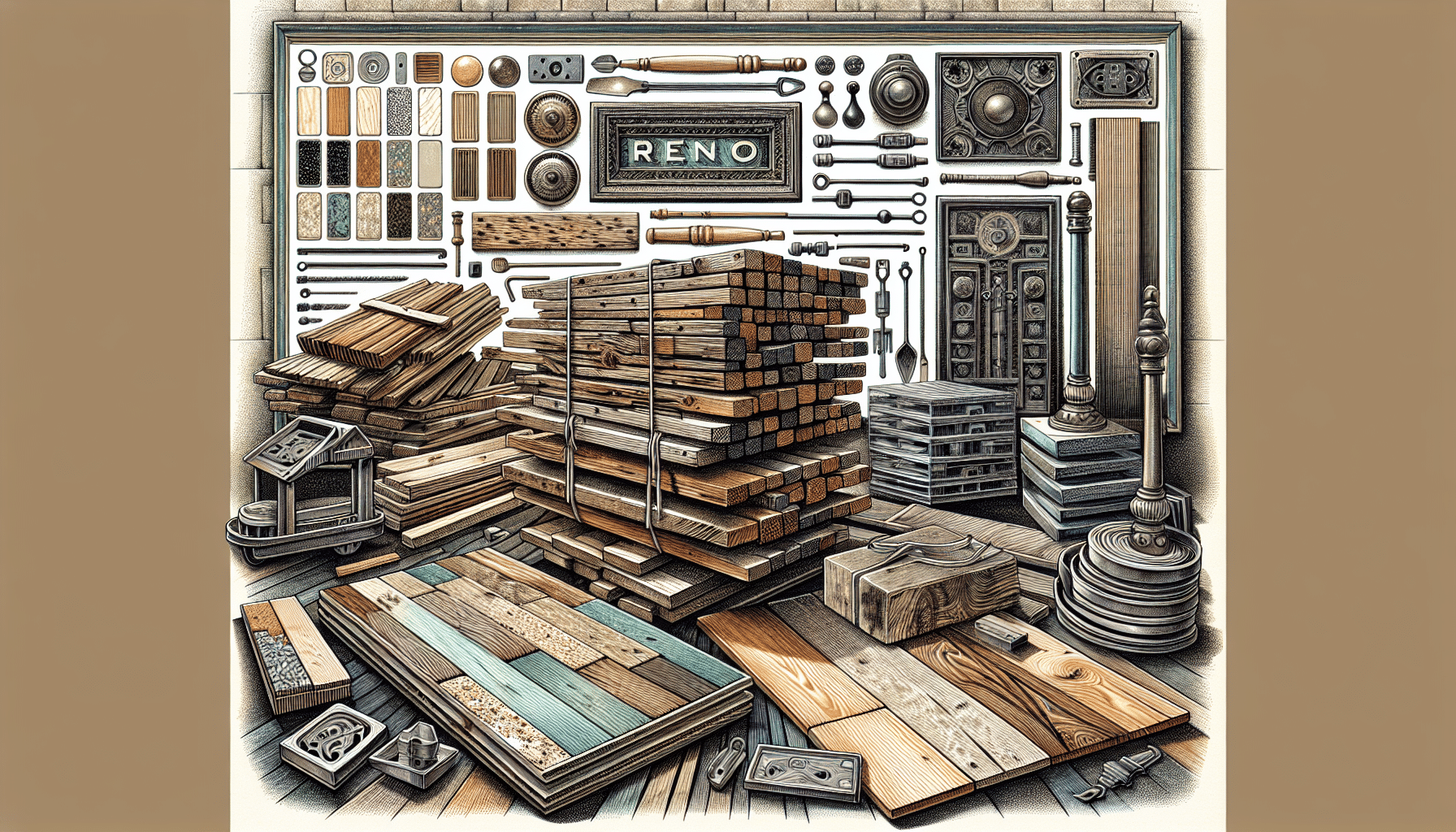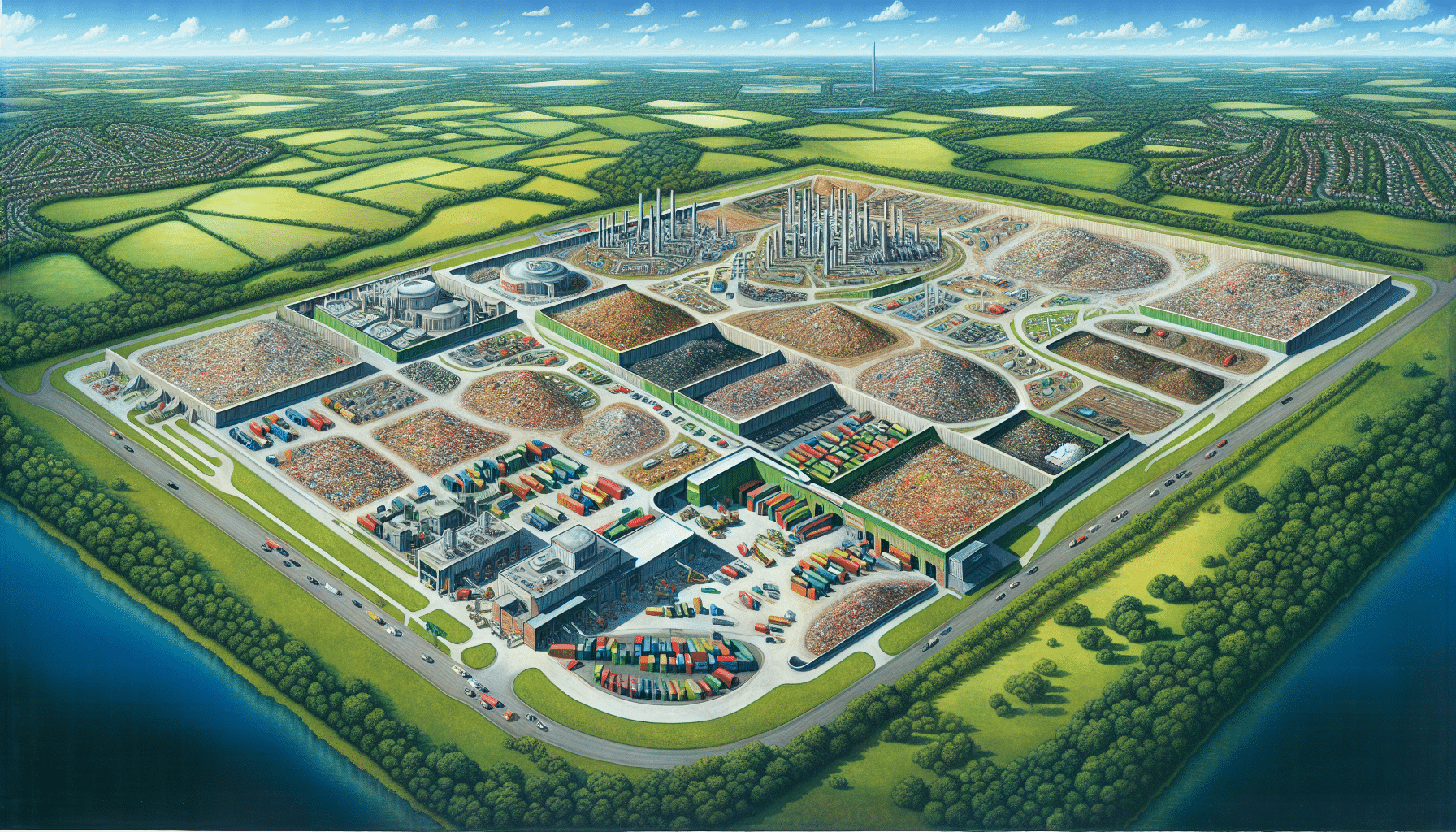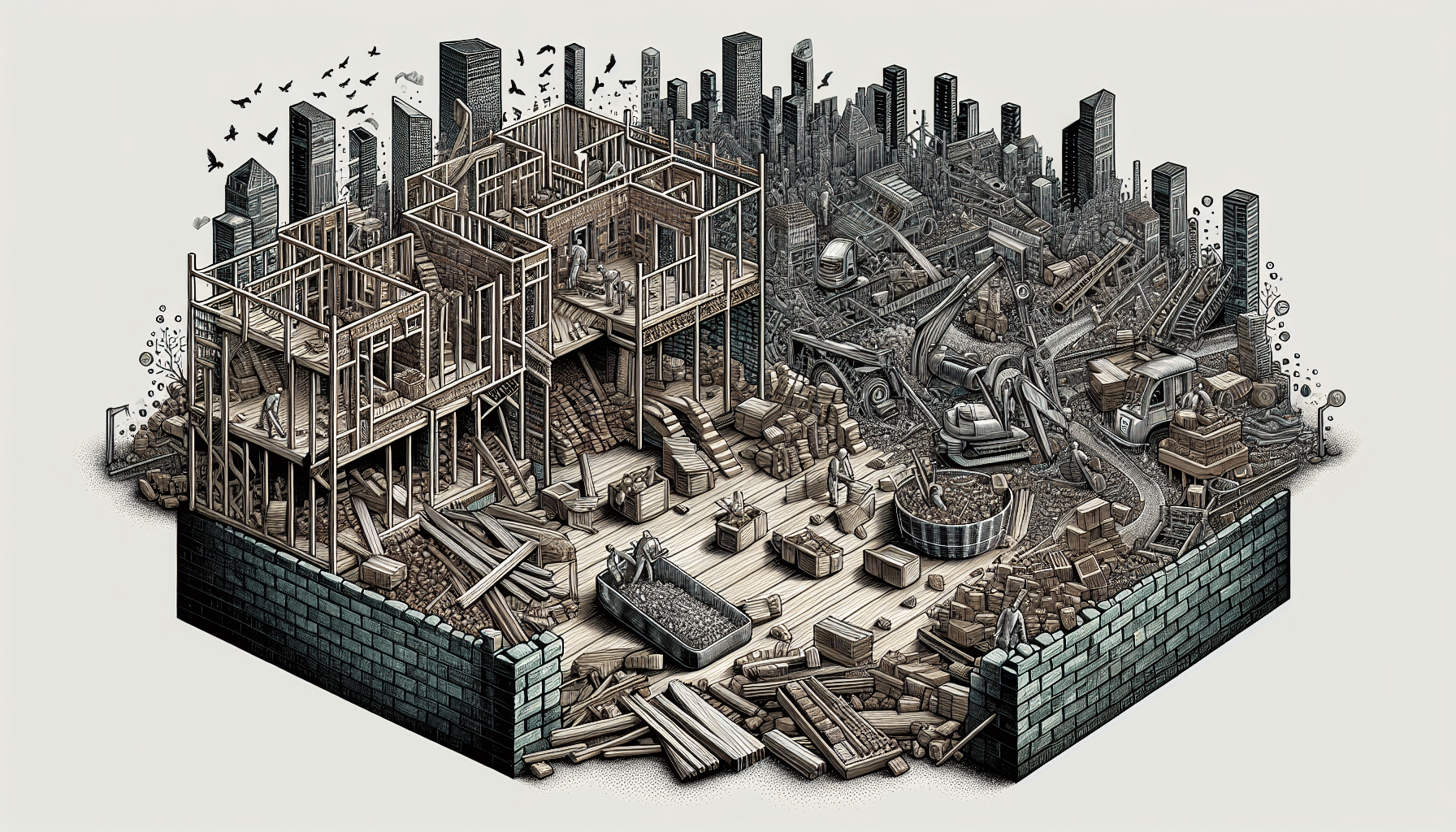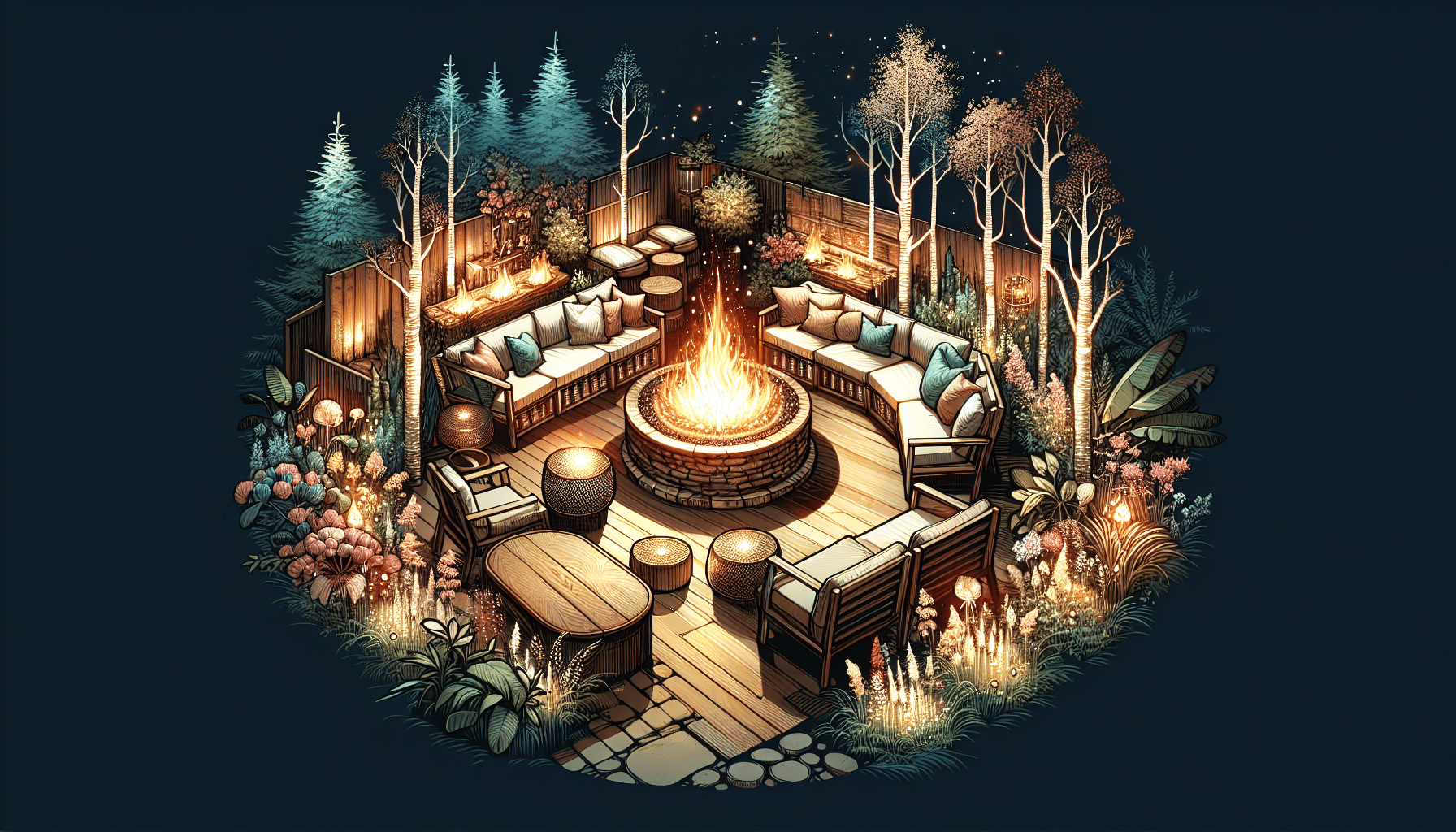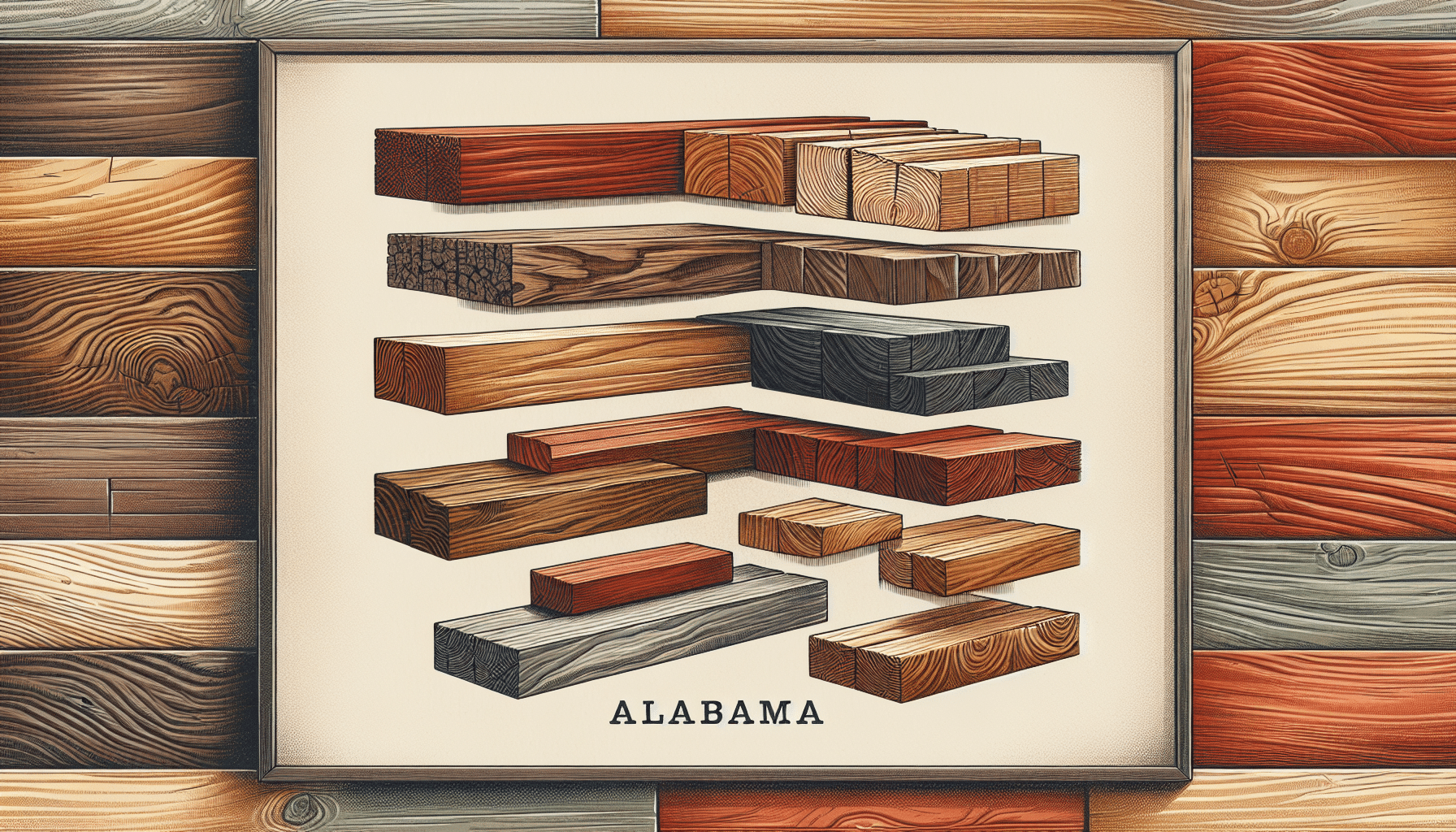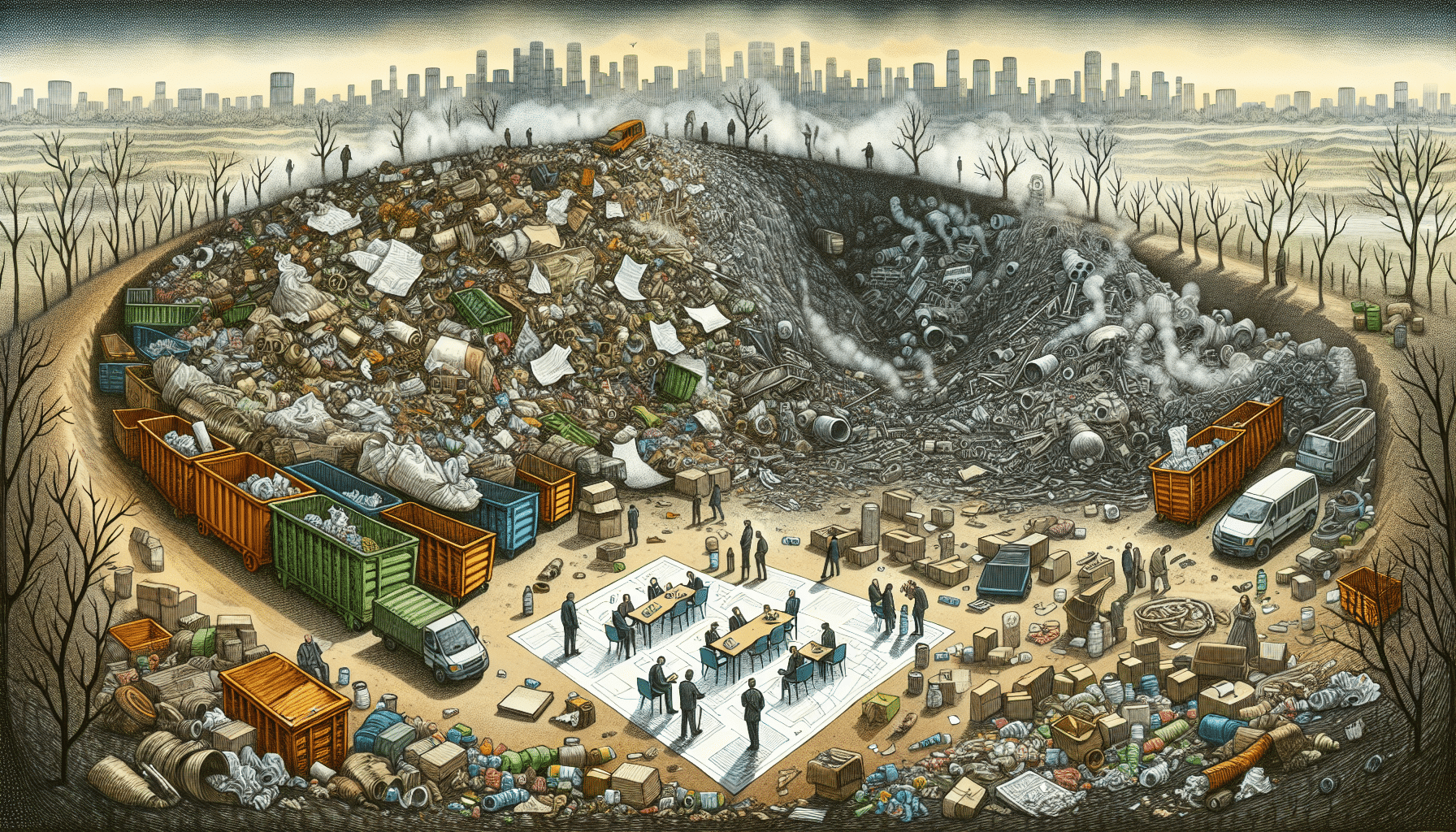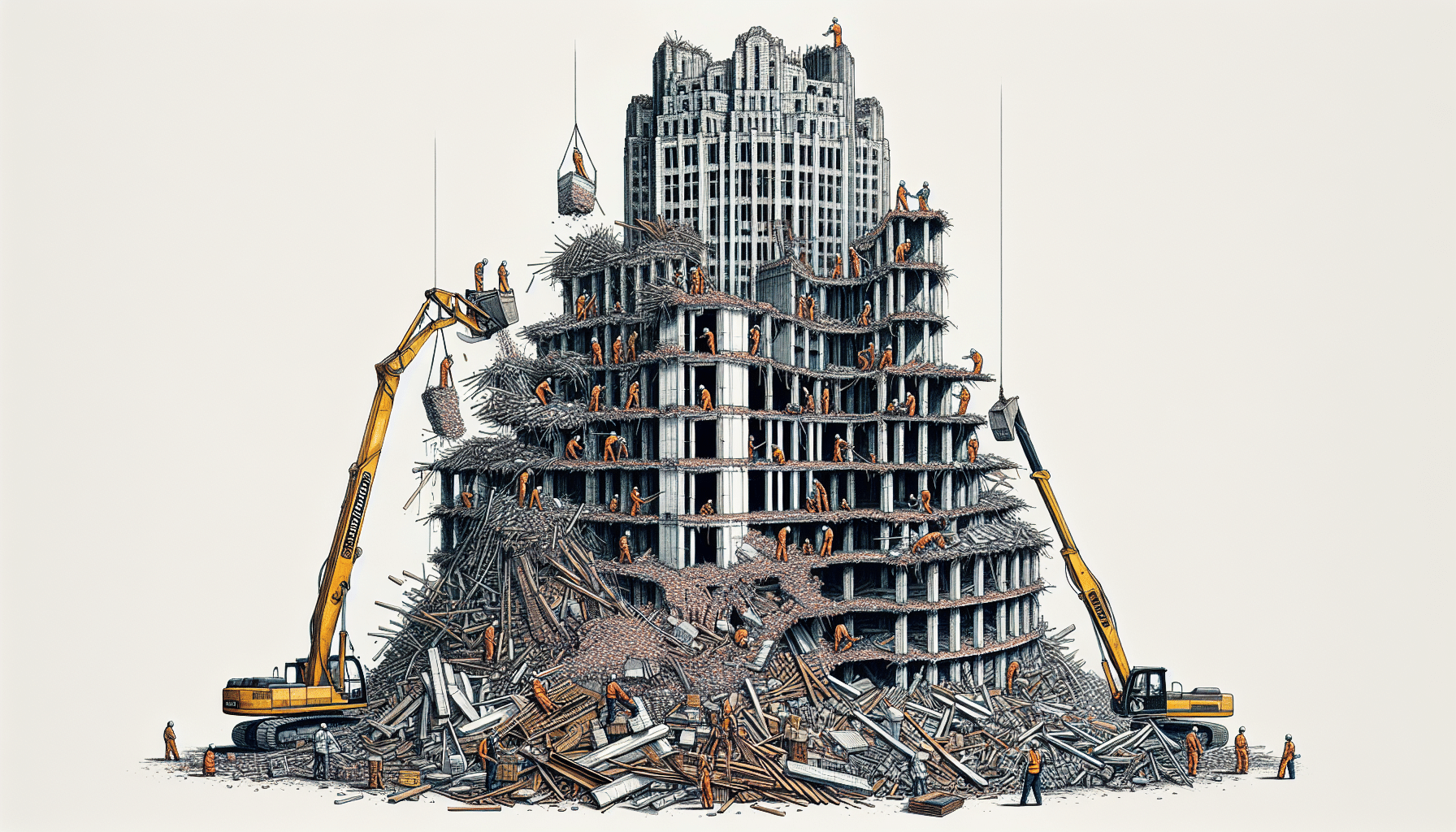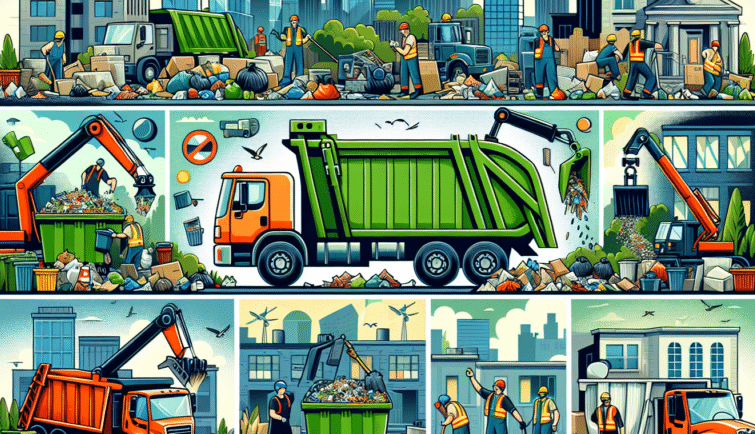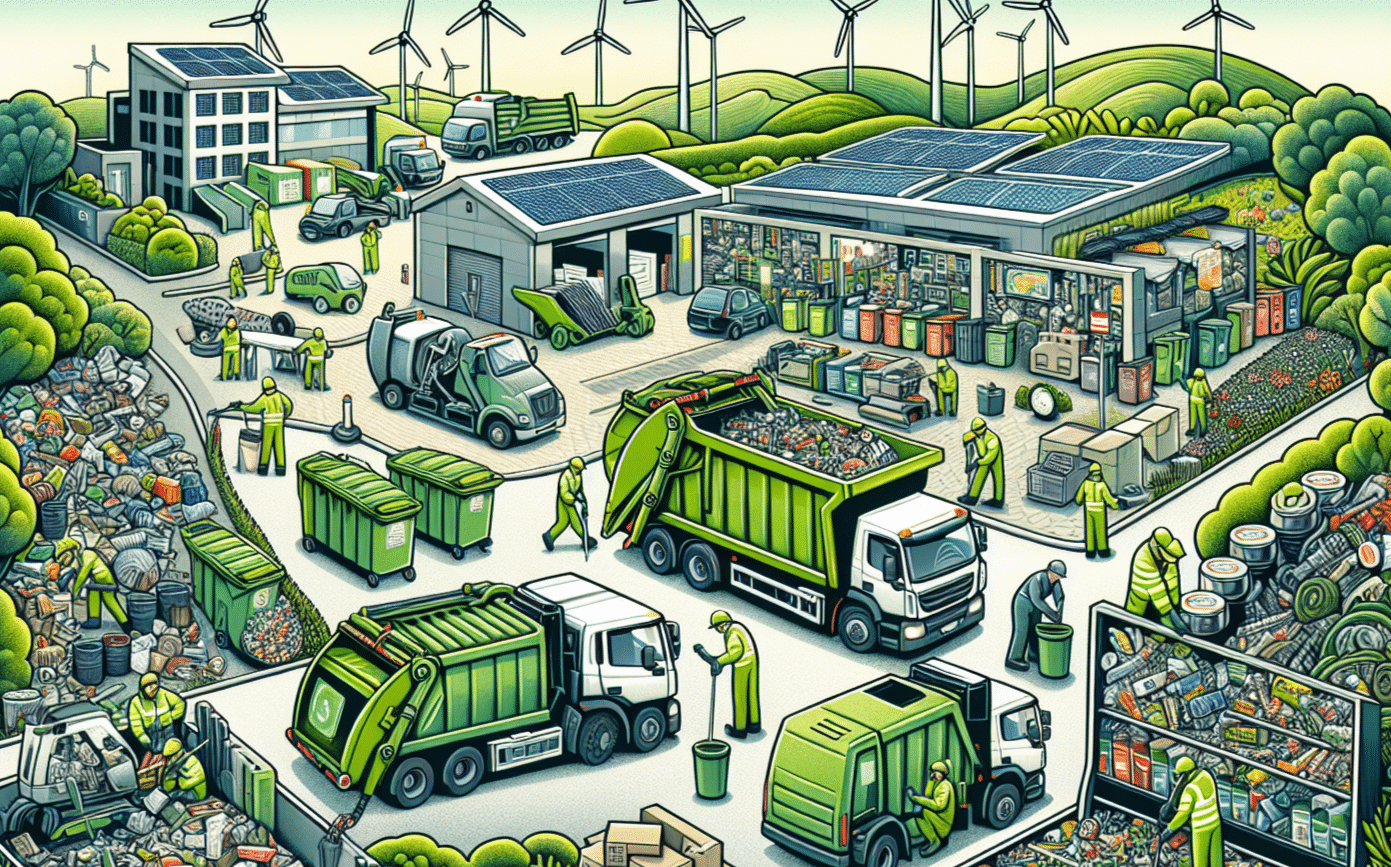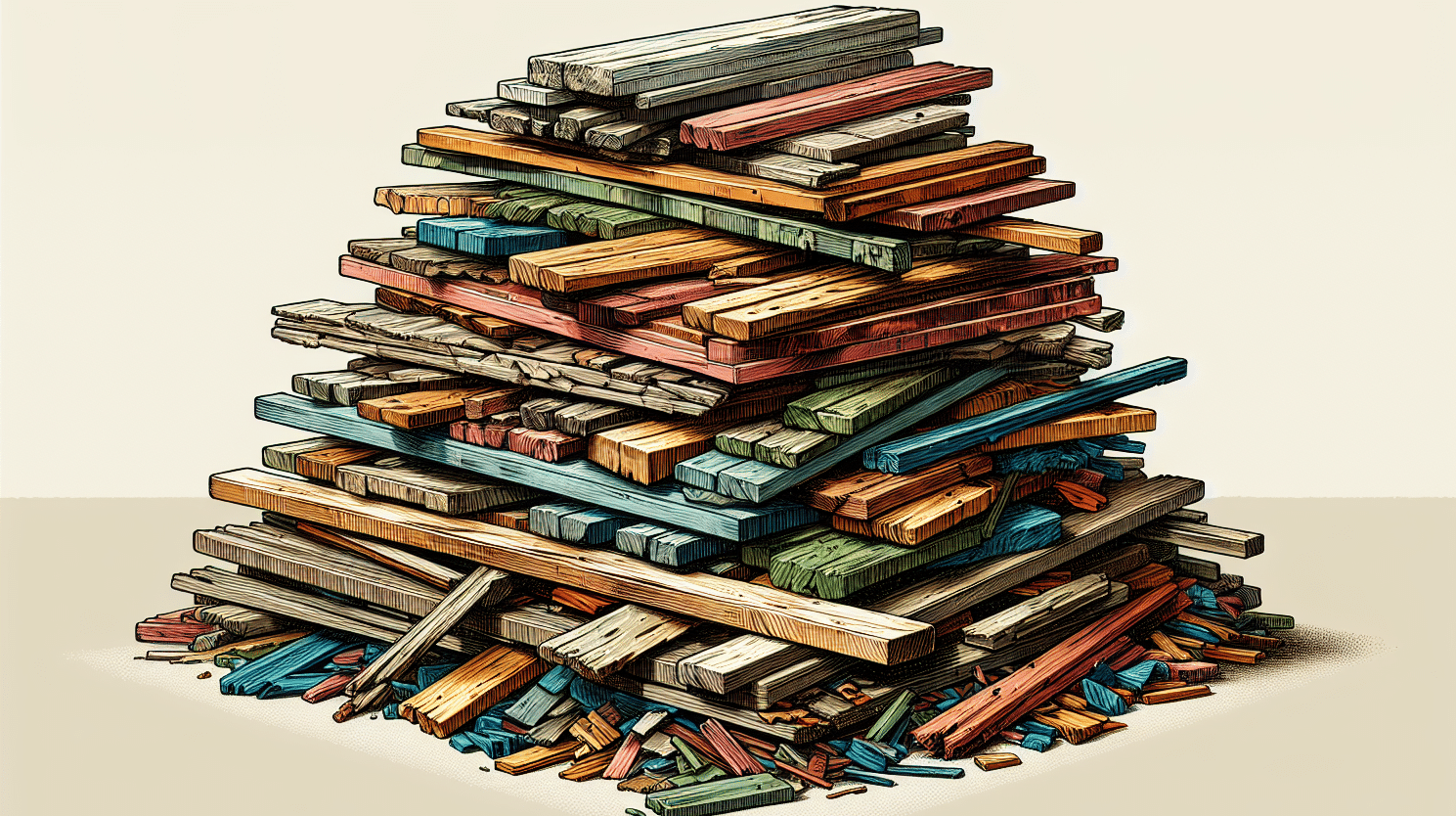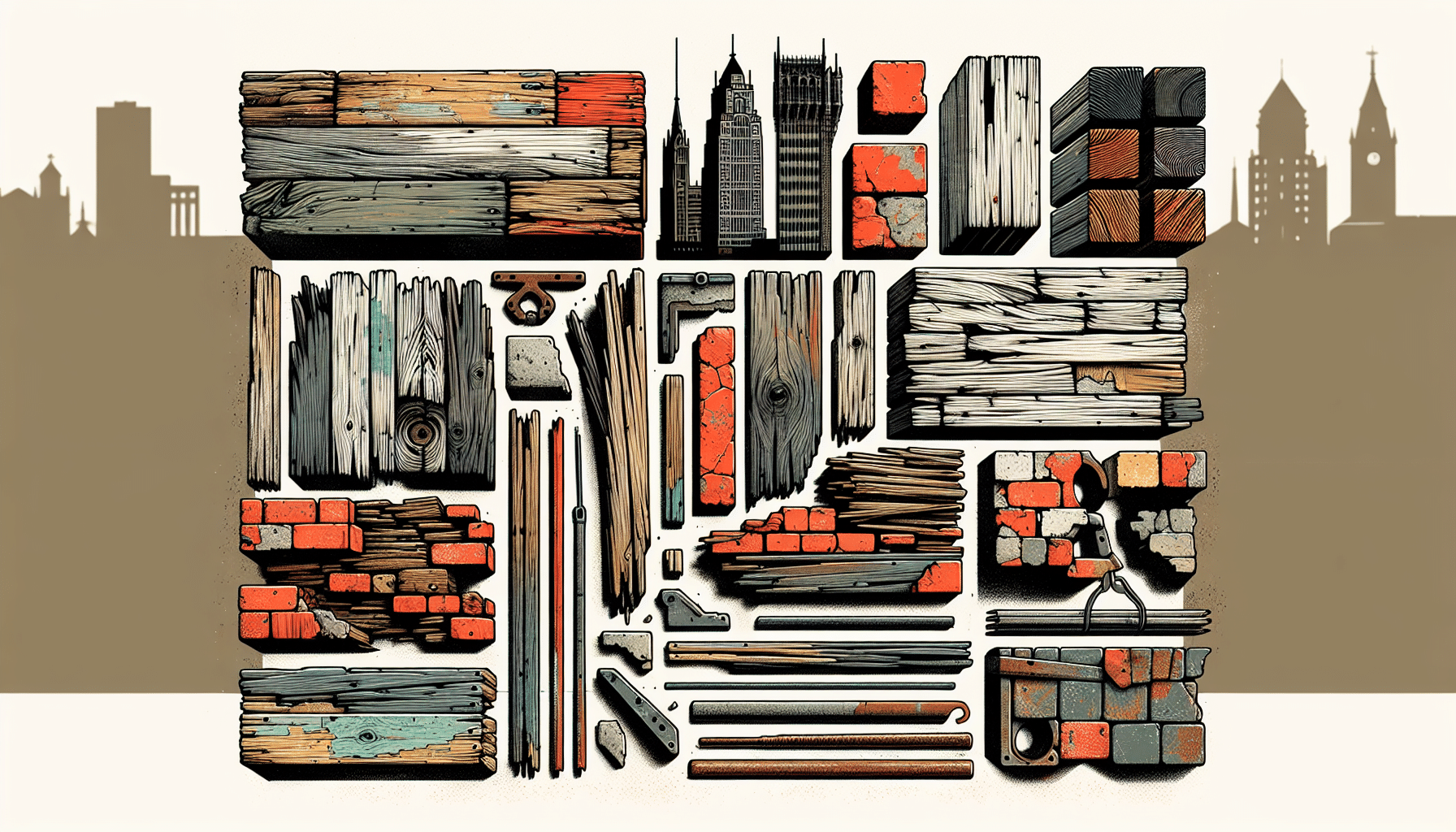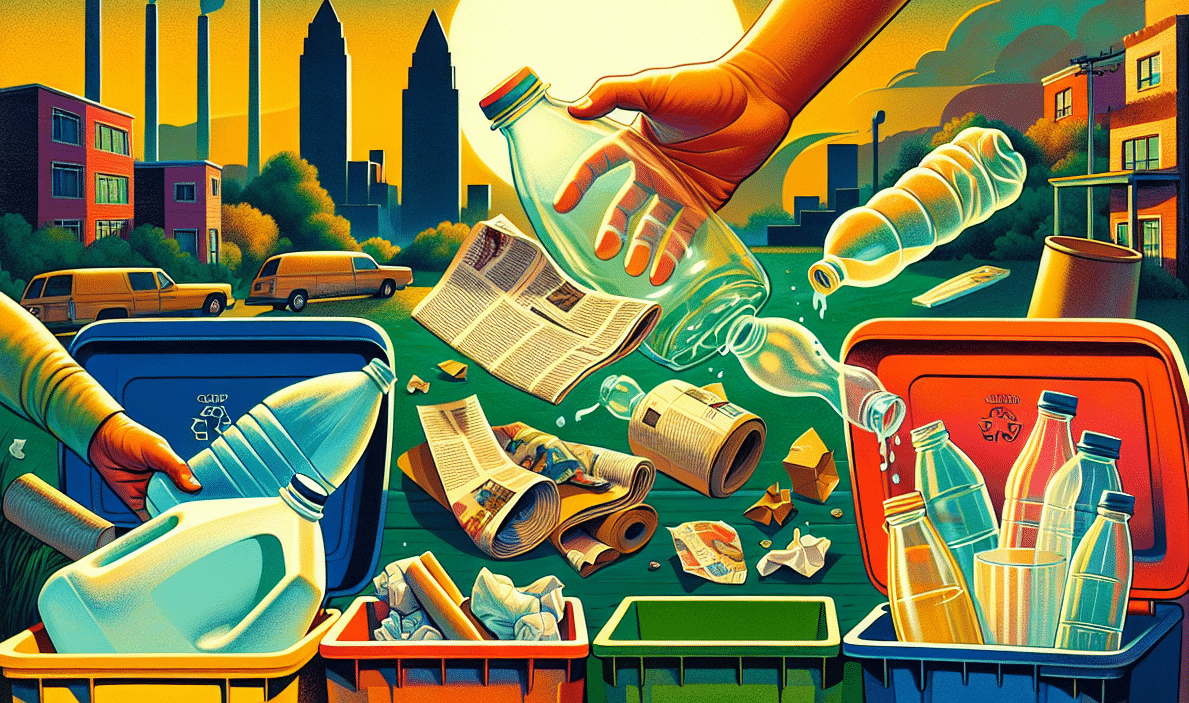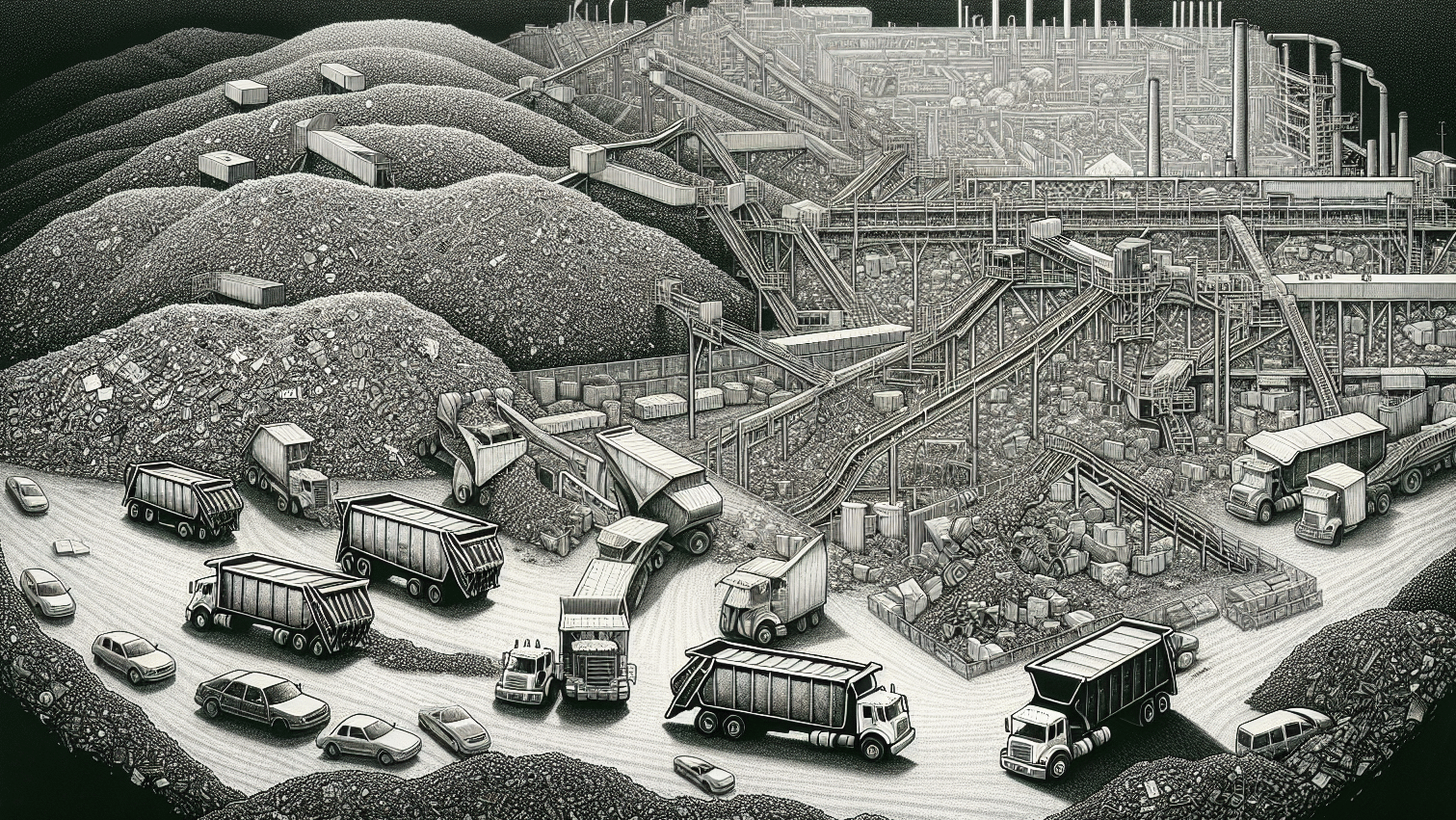Balancing the amount of grass and leaves in your garden is key to creating a thriving, no-waste ecosystem. Whether you’re wondering how to use leaves as a natural lawn boost or finding the best methods to handle them sustainably, this article takes you through practical ways to maintain a healthy yard.
Key Takeaways
- Leaves act as a natural fertilizer for your lawn as they release key nutrients as they decompose. However, too many can smother your grass.
- Mulching leaves with your mower chops them up, aiding quicker decomposition and feeding your lawn naturally.
- Fallen leaves aren’t just yard waste; you can compost them, use them for art and crafts, or even provide habitats for wildlife.
The Relationship Between Grass and Leaves
When leaves fall from the trees and cover your lawn, they have the potential to play a significant role in improving grass growth. As the leaves decompose, they gradually release nutrients into the soil, feeding the lawn with essential elements like nitrogen and phosphorus.
However, if the leaves layer on too thickly, they can smother the grass, blocking sunlight and reducing air circulation. It is important to manage this leaf layer effectively to ensure that the benefits are realized without compromising the lawn’s health.
The Role of Leaves in a Healthy Lawn
Leaves left on the ground slowly decompose, feeding the soil with essential nutrients, acting as a natural fertilizer. A little intervention, like mulching the leaves with a mower, can speed up the decomposition process. The shredded leaves blend with the grass, serving as a natural fertilizer while ensuring the lawn’s health.
How Tree Leaves Affect Grass Growth
Despite leaves being beneficial for your lawn, a significant amount can lead to negative effects. A thick layer of fallen leaves can smother the grass, leading to matting and blocking vital sunlight and air. This suffocation can damage the lawn and create an environment conducive to mold growth.
Proper Leaf Management Techniques
Leaf management is ultimately about maximizing the potential of the leaves as a natural resource. From mulching to composting, there are several techniques that not only help maintain a healthy lawn but also contribute to a more sustainable lifestyle.
Raking Leaves: Pros and Cons
Raking leaves is the most common practice for cleaning up fallen leaves. Raking leaves allows sunlight to reach the grass, prevents damage from animals that use leaf piles as cover, and avoids mold growth and pest infestation. That said, raking leaves requires significant effort and time, especially for larger yards, and disposing of the collected leaves can be challenging. While raking leaves has its advantages, it’s imperative to consider the effort and disposal issues before settling on your leaf management strategy.
Mulching Leaves with a Mower
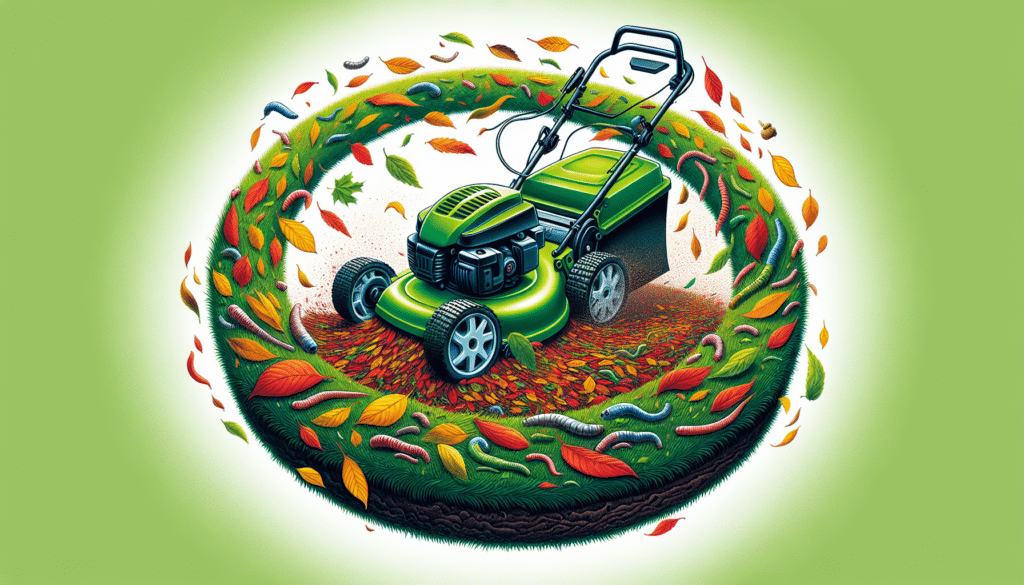
An alternative to raking leaves is mulching the leaves with a mower. This technique turns leaves into a natural fertilizer as the chopped leaves decompose and release nutrients, providing a natural fertilizer.
Mulching contributes to soil health by improving soil moisture retention and suppressing weed growth. Moreover, it’s environmentally beneficial, reducing greenhouse gas emissions from bagged yard waste, and saves on costs for fertilizer and weed control, leading to a healthier and more uniform lawn appearance.
Composting Fallen Leaves
Composting transforms fallen leaves into a rich, organic material that can enrich garden soil and support plant growth.
Composting leaves has several benefits. For example, composting enhances soil health by improving its water retention capability and structure. Additionally, it enriches the soil with vital nutrients and helps expedite the mulching process of decomposing leaves.
By composting leaves, you can ultimately contribute to a healthier and more nutrient-dense soil environment by adding organic matter.
Seasonal Tips for Dealing with Leaves and Grass
Managing leaves and grass requires a seasonal approach. As the year progresses, the needs of your lawn change, and so should your leaf management practices. Let’s examine each season and uncover the optimal practices for managing leaves and grass.
Fall Leaf Cleanup
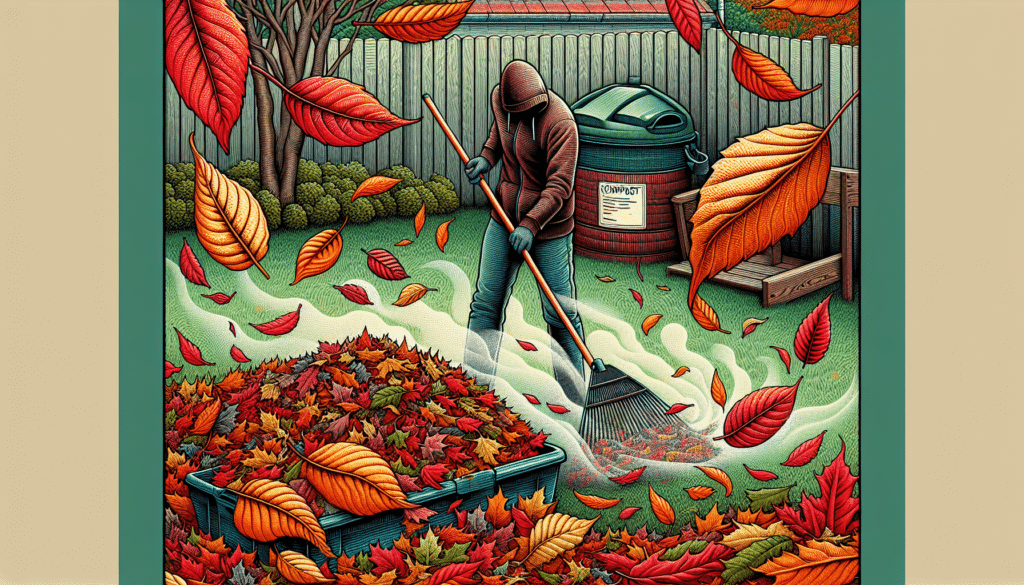
As the leaves start to fall and create a picturesque autumnal landscape, it’s time to think about fall leaf cleanup. While the vibrant hues of fall leaves are mesmerizing, left unchecked, leaf clutter can create a breeding ground for mold and fungi that can damage the lawn. Not to mention, a thick layer of leaves can provide shelter for pests like snakes and spiders.
Clearing leaves from the lawn before winter is vital for allowing grass to access sunlight and air, preventing the growth of mold and lawn fungi, and ensuring a healthy transition to spring. Leaves covering less than 20% of the lawn can be left to decompose naturally, while heavier coverage requires removal of at least half to prevent smothering the grass.
Winter Lawn Care
Even in the winter season, your lawn needs attention and maintenance. One of the best winter lawn care practices is to use shredded leaves as insulation against the cold. Layering leaves around plants helps protect them from winter frost and provides a natural form of insulation during the colder months. Therefore, while you are preparing for the colder months, make sure you are insulating your lawn in the process.
Spring Lawn Revitalization
As the frost of winter melts away and the first signs of spring start to appear, it’s time for spring lawn revitalization. Proper springtime lawn care involves watering your lawn every morning and evening to prevent dehydration. Additionally, it is important to consistently apply fertilizer and to stay on top of weed control to prevent them from impeding grass growth. Equipped with these tips, you’re ready to greet spring with a vibrant, green lawn.
Creative Uses for Leaves in Your Yard
So far, we’ve talked about managing leaves to maintain a healthy lawn. But leaves can be much more than just compost or mulch; they can be a source of creativity and fun. Some creative ways to repurpose your leaves include making leaf art, pressing leaves for scrapbooking, and even using leaves to create natural walkways to your home. The possibilities, so get creative and have fun with your fallen leaves!
Creating Leaf Art and Decorations
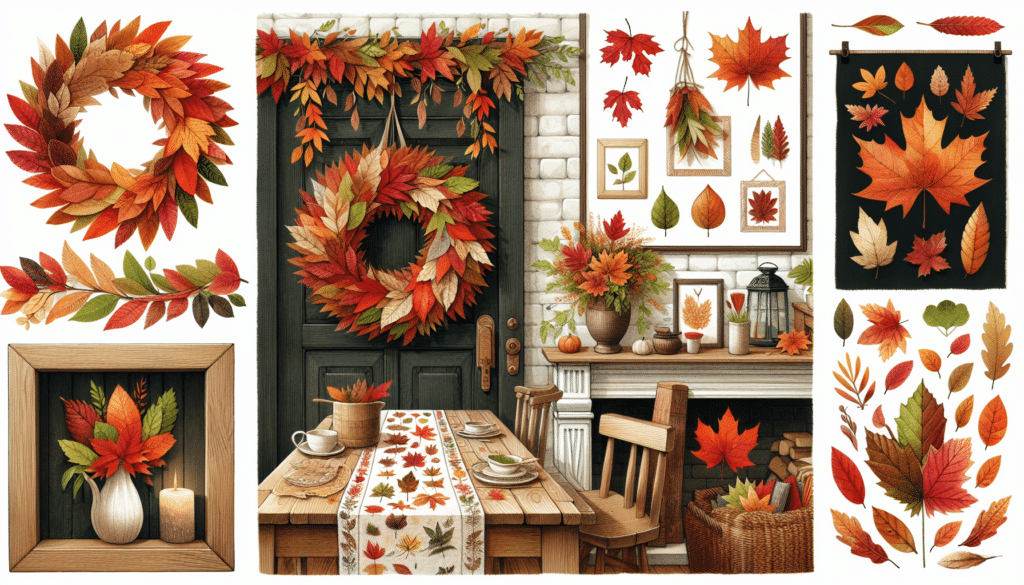
Leaves, with their unique shapes and vibrant colors, can be a fantastic medium for creative art projects. Pressed leaves can be used to create artistic decorations, such as framed leaf art or decorative wreaths, adding a natural and seasonal touch to home decor. They can also be incorporated into a variety of crafts and art projects, like leaf butterflies, animals, finger puppets, and festive garlands for fall holidays.
Providing Wildlife Habitat
Leaves left on the ground can also provide shelter and nutrition for various wildlife. From worms to insects to small mammals, many creatures benefit from the leaves left in a yard. Strategically leaving some areas of the yard covered with leaves can create important habitats for these beneficial creatures. During your next yard clean-up, contemplate leaving a small pile of leaves undisturbed. This way, you’ll not only minimize yard waste but also bolster local wildlife.
Summary
From understanding the symbiotic relationship between grass and leaves to learning effective leaf management techniques and exploring creative uses for fallen leaves, we’ve covered a lot of ground. Leaves, more than just yard waste, can be used as a valuable resource in maintaining a healthy lawn. Use them wisely, and your yard will thank you!
Frequently Asked Questions
Can I leave leaves on my lawn?
Yes, you can leave leaves on your lawn, as long as the layer isn’t too thick. A moderate layer can decompose and provide nutrients, but a thick layer could suffocate the grass and prevent growth.
What’s the best way to manage fallen leaves?
The best way to manage fallen leaves is to choose a method such as raking, mulching, or composting based on your lawn’s needs and your personal preference. Each method has its own benefits, so pick the one that works best for you.
Can I use leaves for art projects?
Yes, you can definitely use leaves for art projects. They can be used to create a variety of art pieces such as leaf prints, garlands, and table centerpieces.
Do leaves provide a habitat for wildlife?
Yes, leaves left on the ground can serve as habitat for wildlife, including worms, insects, and small mammals.
How can I use leaves to prepare my lawn for winter?
You can use shredded leaves as a mulch to insulate your lawn against winter cold and wind, or layer them around plants to protect them from frost.
